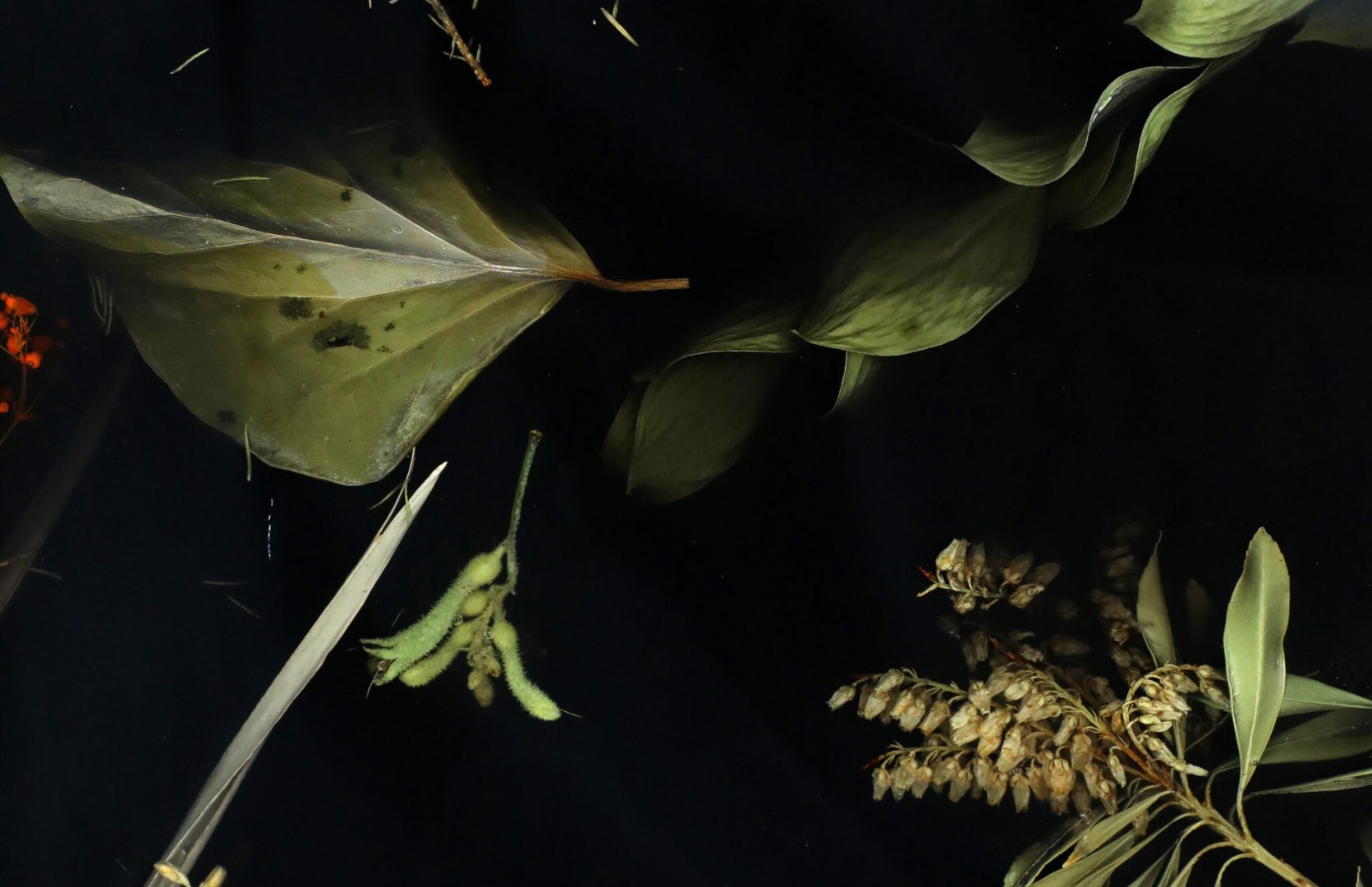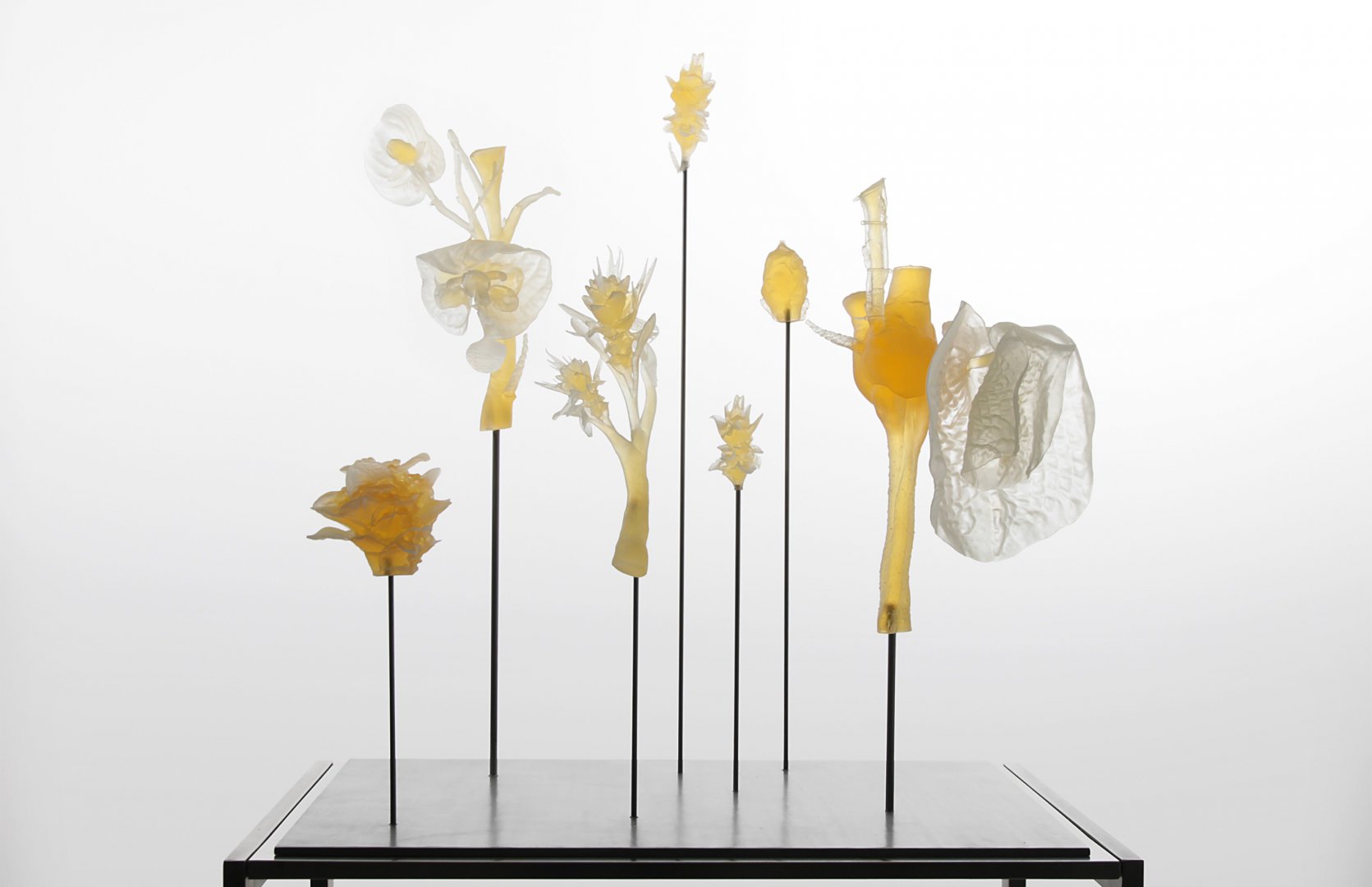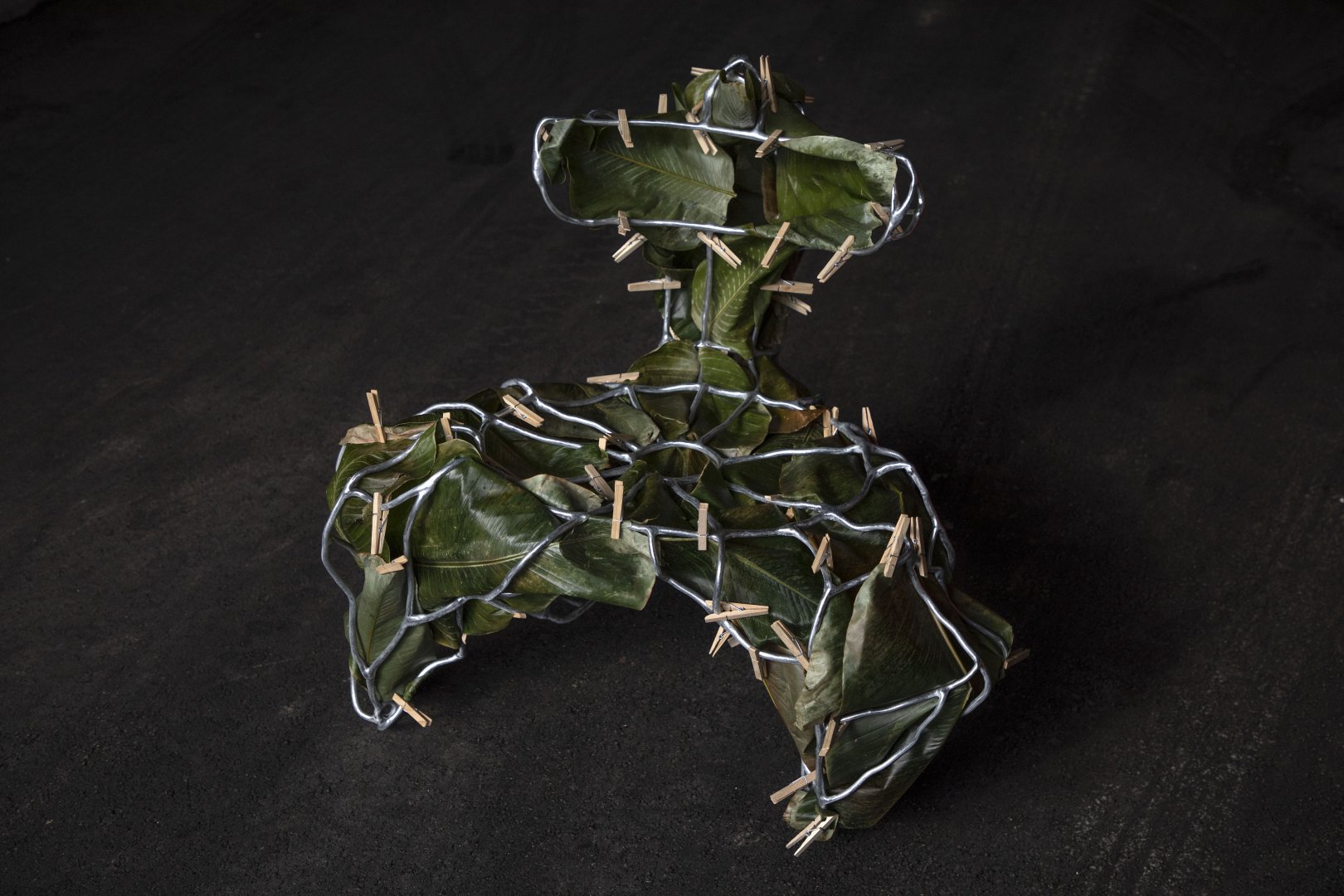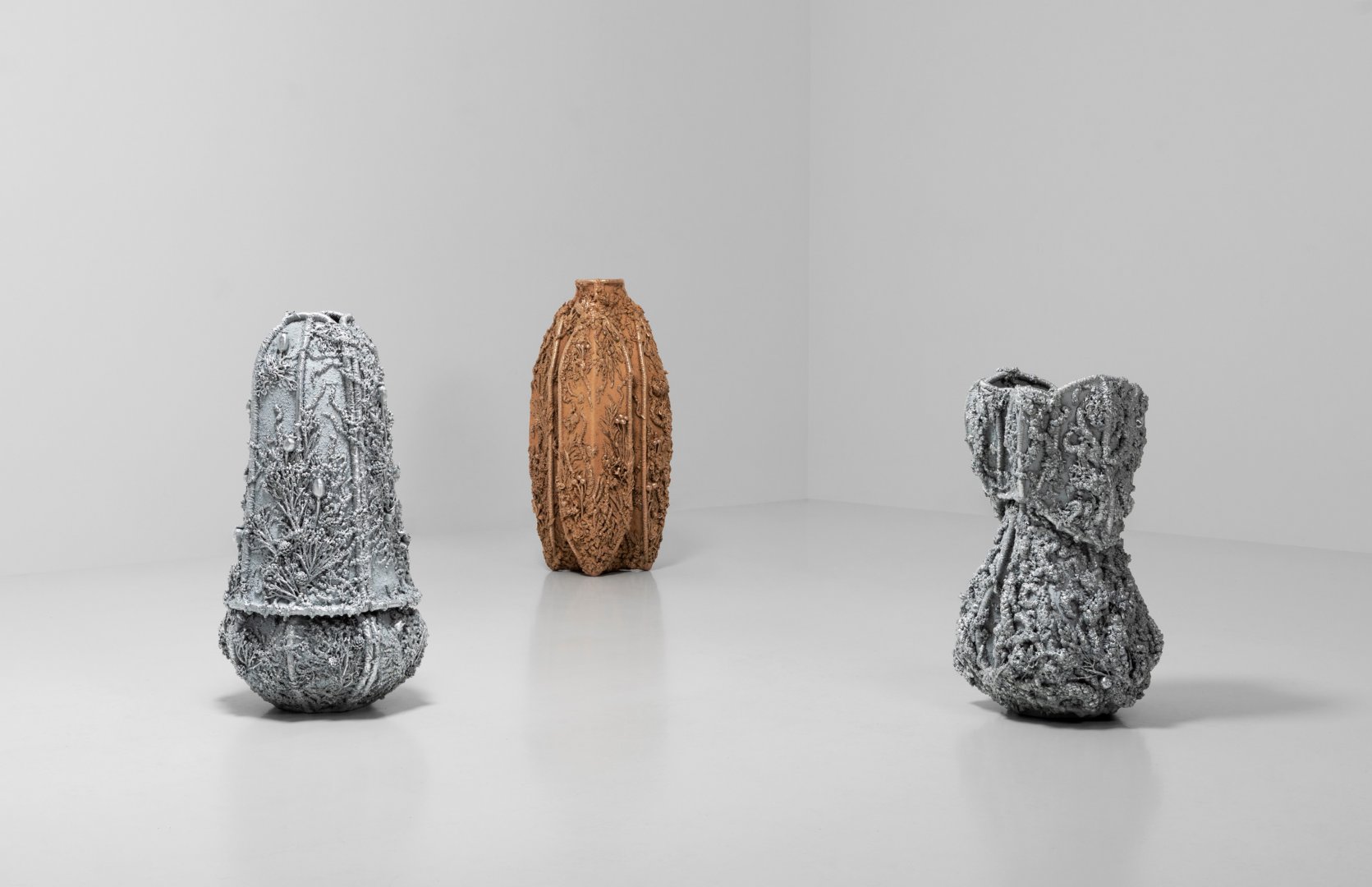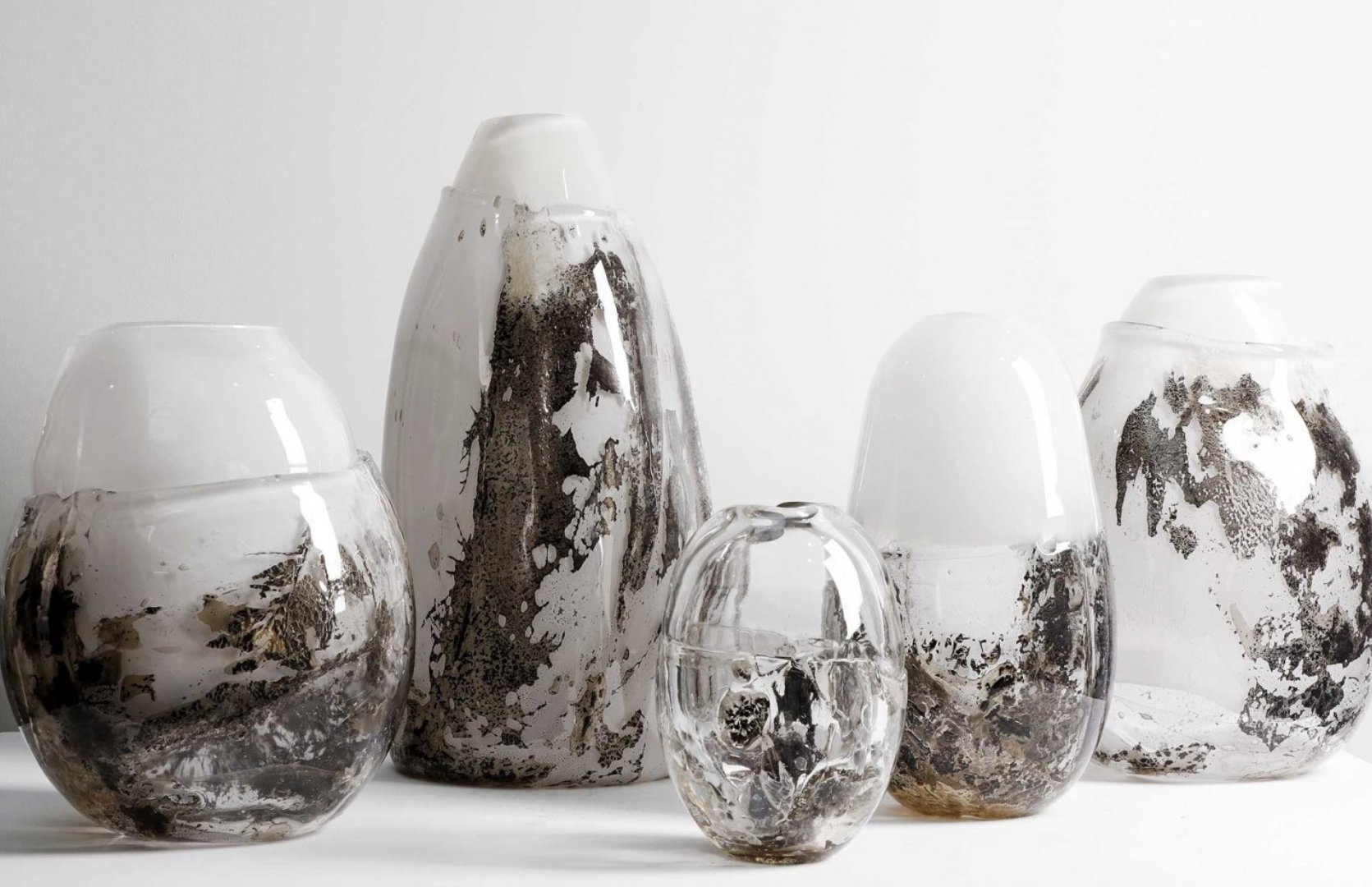
DNA of Things
The DNA helix seems to be the most compact and most efficient storage medium mankind has discovered so far. In recent decades, scientists have not only learnt to read the information encrypted in the DNA itself, but also developed new techniques enabling to encode digital information in the “void spaces” of the DNA sequence. For that, they have managed to translate the binary code (0-1) onto the DNA molecules (A-C-G-T), and store the artificial DNA not only in living organisms (most notably plants), but also in manmade objects. This encoded information can be recuperated and deciphered even thousands of years later, revealing the story of those who inhabited the planet before us.
Inspired by the creative dialogue conducted with an art-scientific startup, Grow Your Own Cloud, the DNA of Things was initiated in order define and document our emotions, intuitions and thoughts related to genius loci – a mythical spirit of a particular place: be it our private garden, a perennial meadow surrounding an esteemed art institution, or even a haunting memory of a person or a situation, linked to a certain space and time.
Attuned to the natural cycles of decay and rebirth, the monuments transmit messages that could onlybe decoded in the future.
Just like a dead tree that fertilises the soil with nutrients and makes way for new modes of being, the manmade creation, exposed to the power of nature, would reveal new layers of meaning and interaction, adding to the discussion around nature in the utopian contexts of science and technology on the one hand, and poetry, memory and emotions on the other.
We imagined such emotion-laden message could be encrypted within the DNA of certain plant species – an axiophyte, pertaining to a particular location, itself being worthy of protection. We would then encapsulate the message-carrier in a ‘time capsule’ – a sculpture located in this same specific location, devised in a way that it biodegrades over years or decades, eventually revealing the hidden message. A prototype, first presented at the BIO27 design biennale in Ljubljana, offers a stepping stone towards a new body of work that highlights our relationship with the natural environment, memory, and protection of endangered species.
| YEAR: 2021-Ongoing |
TEAM: Marcin Rusak Tamara Pilawska Baranowska Igor Jansen Adam Bialek Anna Jurgielewicz Wojciech Matejko Grzegorz Myjkowski |
SPECIALISTS: Magda Kopczyńska, Genomic Regulation Lab, Department of Molecular and Cellular Biology Institute of Molecular Biology and Biotechnology, Adam Mickiewicz University, Poznan, Poland Monika Seyfried, Cyrus Clarke, Grow Your Own Cloud |
EXHIBITIONS: BIO 27, Ljubljana |
